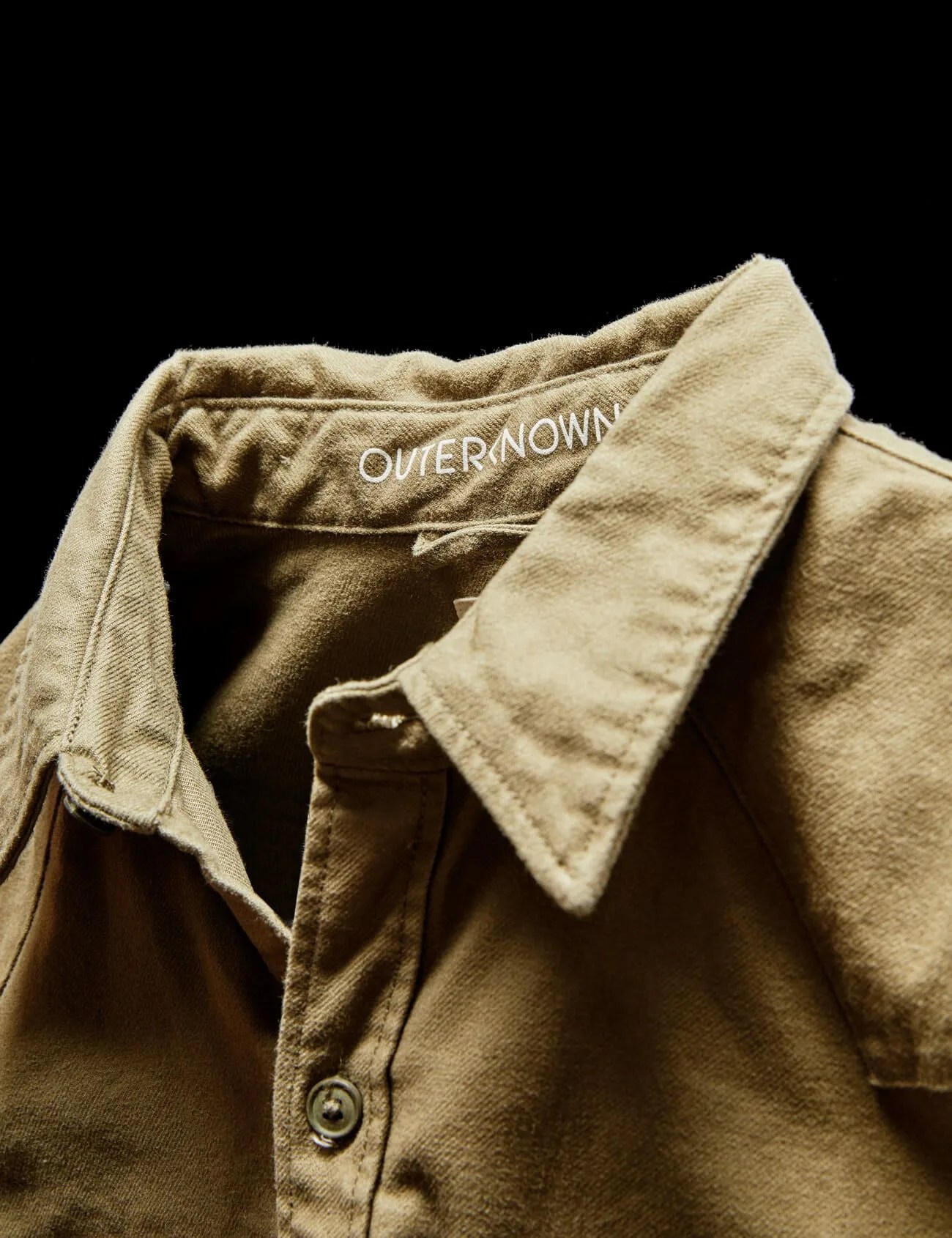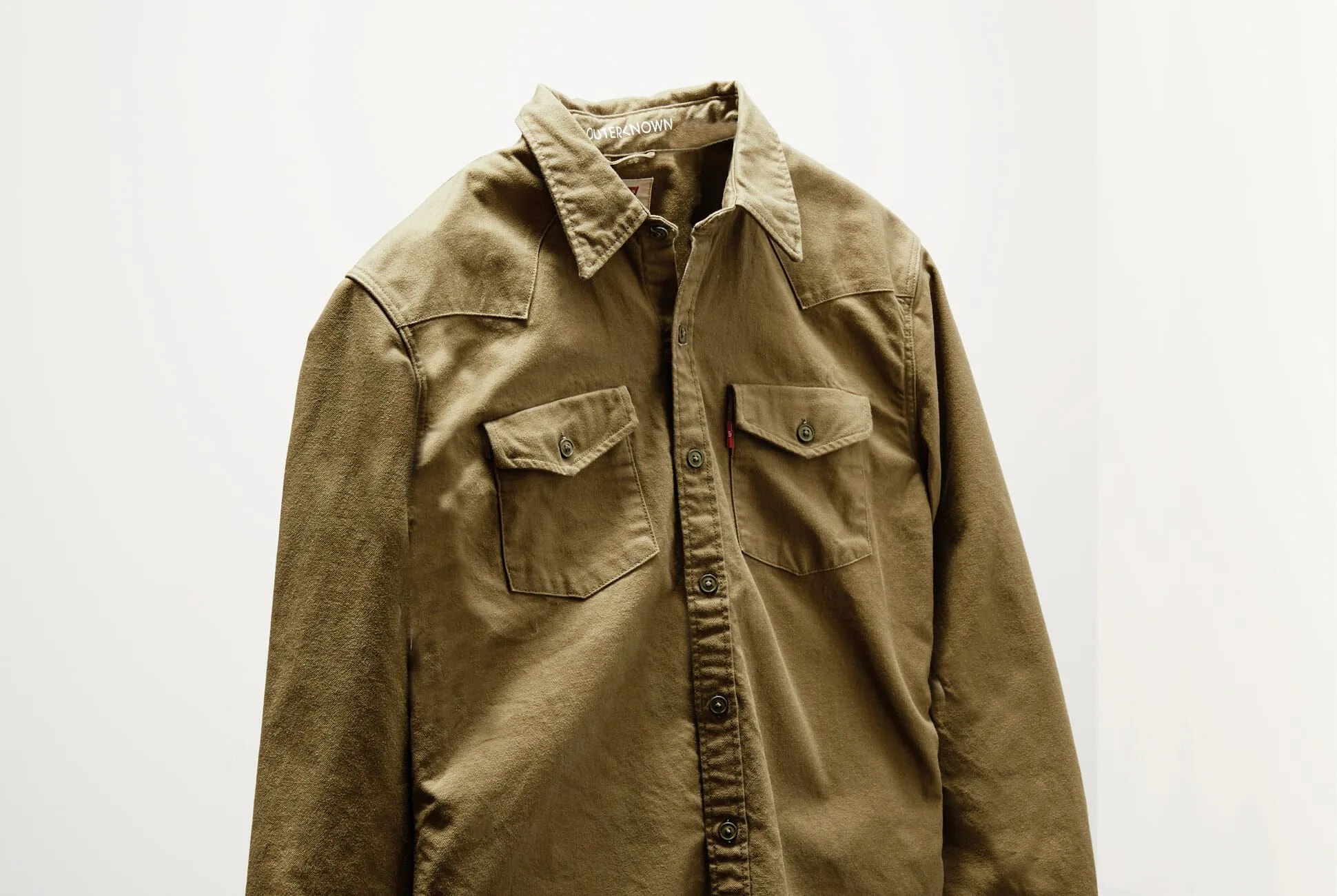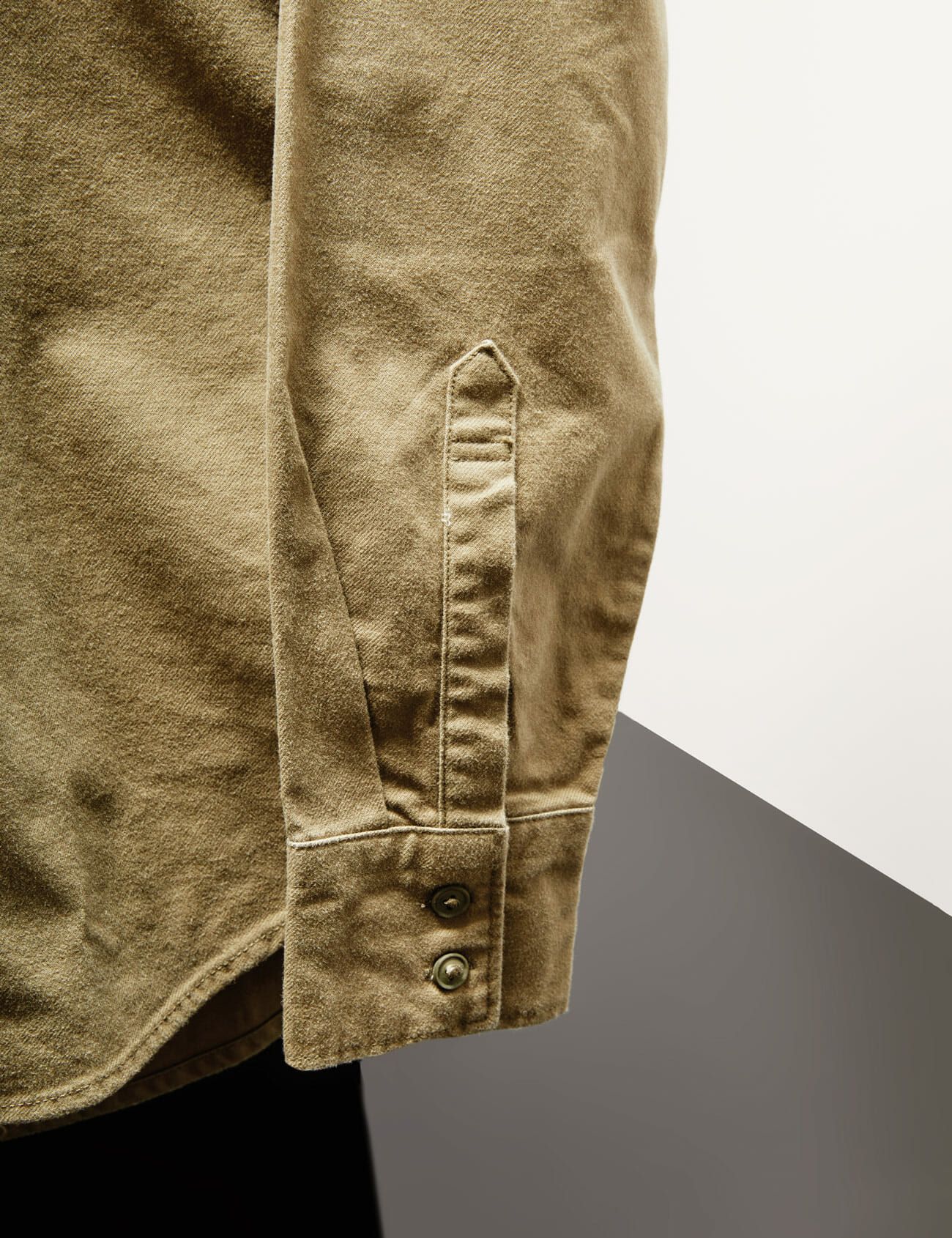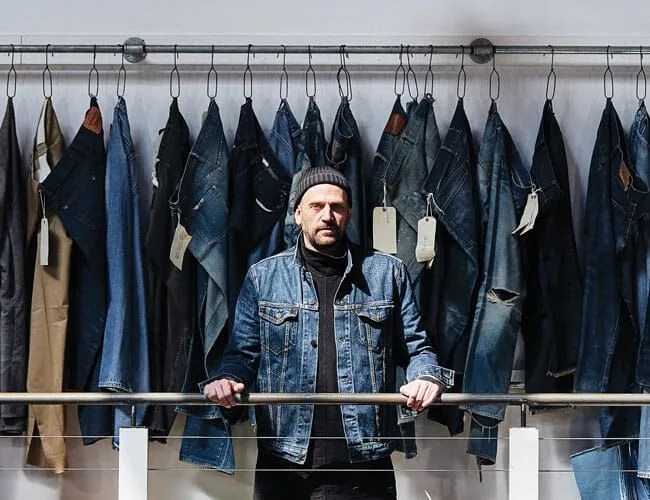This story is part of the GP100, our annual roundup of the best products of the year. To see the full list of winners, grab the latest issue of Gear Patrol Magazine.
The apparel industry is one of the world’s top industrial polluters, and it’s been that way for years. According to the Ellen McArthur Foundation, greenhouse-gas emissions from textile production totaled 1.2 billion tons of CO2 in 2015 — that’s more than all international flights and maritime shipping combined. The foundation also found that the dyeing and treatment of textiles contributes to 20 percent of industrial water pollution globally. Meanwhile, the laundering of synthetic garments releases almost 200,000 tons of microfibers into marine environments every year, according to environmental consulting company Eunomia.
If you find these statistics sobering, just wait; the situation is only likely to get worse. McKinsey and Company, a management consulting firm, found that “clothing production doubled from 2000 to 2014, and the number of garments purchased each year by the average consumer increased by 60 percent.” Fueling the voracious cycle? The fact that a staggering 60 percent of all clothing produced ends up in incinerators or landfills within a year of being made.
Watch Now: The 10 Best Style Products of 2019
Within the apparel industry, there are some glimmers of hope, driven in no small part by the most unlikely of players: Levi’s. While the company is one of the largest clothing companies in the world, it’s also poured an extensive amount of resources into forward-thinking manufacturing processes and designs. Case example: Levi’s Wellthread. In its very first season, the program, led by Paul Dillinger of Levi’s Global Product Innovation division, was able to put 23 distinct material innovations into use. Over the past 12 seasons, Dillinger and his team have evaluated ideas for hundreds more.



